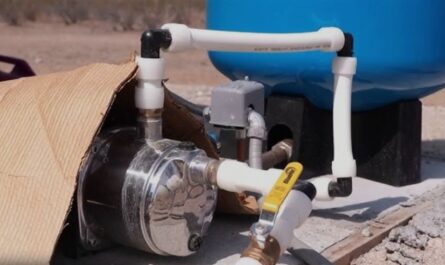The price of gasoline in California has reached a new low just as motorists were beginning to believe they had experienced the worst of it. As a result of the annual gas tax adjustment that the state implements, motorists across the state were subject to an automatic rise in their gas tax of approximately 1.6 cents per gallon on July 1. This increase is the latest blow to wallets that are already struggling to make ends meet at the gas station, despite the fact that it is a part of a larger effort to fund infrastructure initiatives such as road maintenance.
As a result of this amendment, the excise tax in the state of California has now reached 61.2 cents per gallon. On the other hand, this is not the only issue that is driving up prices. Increasingly stringent restrictions known as the Low Carbon Fuel Standard (LCFS), which are intended to reduce carbon emissions, have resulted in an increase of between 5 and 9 cents per gallon in the price of fuel. These adjustments, when taken together, are anticipated to bring the overall price increase to anywhere between seven and ten cents. Many locals are still under financial strain, despite the fact that the 65-cent price increase that several people had anticipated has not materialized.
“Everything Costs More in California”
Max Emberton, a resident of the area, summed up the aggravation that many drivers are experiencing, particularly in locations such as Fresno, where the hike has already had a significant impact. “Everything costs more in California,” he stated to reporters. An additional motorist expressed the same thoughts, saying, “I feel like gas prices are artificially inflated,” despite the fact that the market as a whole is quite stable.
It has been pointed out by specialists that the modifications to the LCFS are designed to bring California closer to achieving its long-term emissions goals. Although it is good for the environment, the fact that gasoline suppliers are now required to offset their carbon emissions is likely to result in an increase in the cost of fuel in the future. In addition, recent refinery closures in the state are adding further strain to the supply of fuel, which is creating the ideal conditions for an increase in the price of gasoline.
A Look at the Bigger Picture: Short-Term Struggles and Long-Term Objectives
According to Matt McClain, who works for GasBuddy, the regulatory environment in California is a significant contributor to the fact that the state’s gas prices remain significantly higher than those in the majority of other regions of the country. “This creates a higher price point in California than really most any other state in the United States,” McClain explained to reporters. The experts concede that the tax increase is making living more expensive for a significant number of California residents, despite the fact that they are in agreement that the tax increase is essential for funding repairs and environmental goals.
Local companies are not exempt from the rising prices either; they are also affected. According to Scott Miller, executive director of the Fresno Chamber of Commerce, there is a possibility that some companies would experience a decrease in revenues, while others may be compelled to pass the expenses on to their customers. The effect of the ripple is obvious: an increase in the price of gasoline can ultimately lead to an increase in the pricing of practically every commodity and service in the state.
From Here on Out?
Despite the fact that there is a possibility that there will be a minor decrease in the price of gasoline in the short term, analysts believe that any meaningful relief will be prevented by continued regulatory costs and the state’s inevitable tax rises. In the next months, it is anticipated that politicians will continue to press for reforms that will assist in stabilizing the gasoline market and addressing concerns regarding the pricing of carbon credits; however, it is yet uncertain how effective these efforts will be.
At the moment, motorists in California are forced to face the reality of increased prices at the pump, all while making a contribution to the greater environmental goals of the state. To what extent is the average Californian able to endure the agony before it becomes intolerable? This is the issue that needs to be answered. Time is the only thing that can tell.


 by
by 

